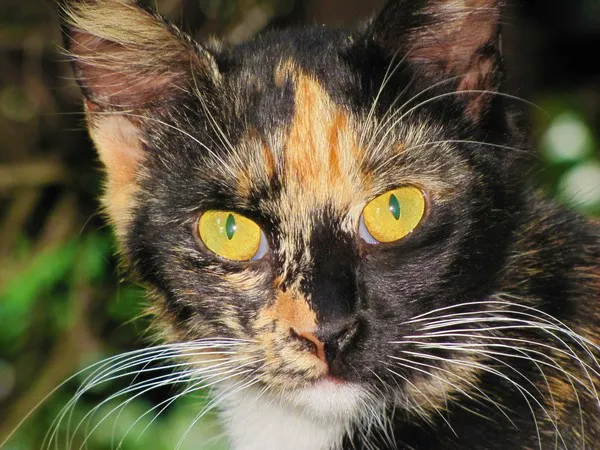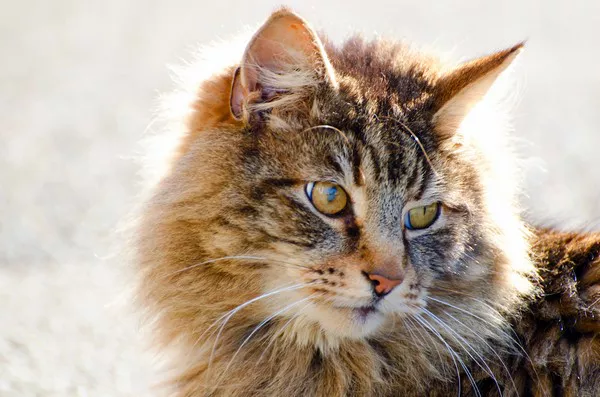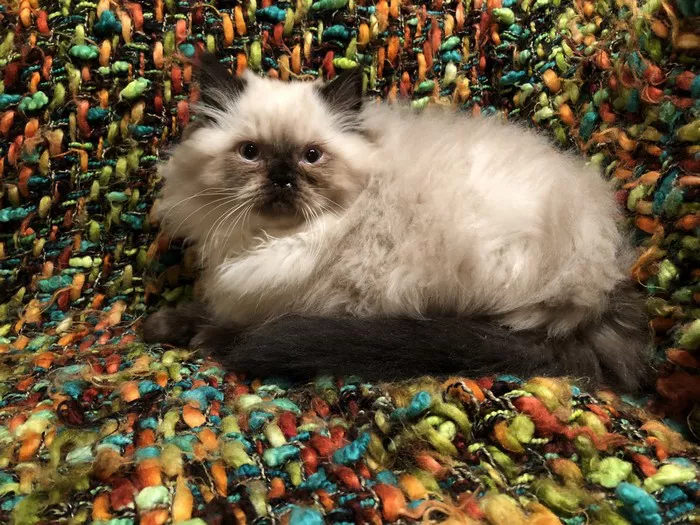Raising a kitten involves numerous responsibilities, one of which is ensuring they receive the right nutrients to grow healthy and strong. Nutrition is critical during a kitten’s first year of life as it sets the foundation for their long-term health. This comprehensive guide aims to provide in-depth information on what food is best for kittens, focusing on the essentials of feline nutrition, the benefits of various types of diets, and practical tips for feeding kittens throughout their early stages of development.
Understanding Kitten Nutritional Needs
Before delving into specific food recommendations, it’s important to understand the unique nutritional requirements of kittens. Kittens grow rapidly and need a diet that is rich in proteins, fats, vitamins, and minerals to support their development.
High Energy Needs
Kittens have significantly higher energy needs than adult cats. Their food should be energy-dense with a high fat content to support their rapid growth and high activity levels.
Protein Requirements
Proteins are the building blocks of body tissues. Kittens require a protein-rich diet with amino acids like taurine, which are essential for heart health and vision.
Fats and Fatty Acids
Fats provide energy and help in the absorption of fat-soluble vitamins. Essential fatty acids, such as arachidonic acid and omega-3 fatty acids, are crucial for cognitive development and skin health.
Vitamins and Minerals
A balanced intake of vitamins A, D, E, and K, along with minerals like calcium and phosphorus, is vital for a kitten’s development. These nutrients support bone growth, nerve function, and overall health.
Choosing the Right Kitten Food
Selecting the appropriate food is crucial for a kitten’s growth. There are several types of food available on the market, and understanding the benefits of each can help make an informed decision.
1. Dry Kitten Food (Kibble)
Dry food is convenient and typically more economical than other types of cat food. It can be left out for longer periods without spoiling, which is beneficial for free-feeding.
Advantages of Dry Food
Dental Health: Chewing dry food helps reduce tartar buildup on teeth.
Ease of Storage: Dry food can be stored for extended periods without refrigeration.
Considerations
Always ensure the kibble is specifically formulated for kittens, as it will have the necessary nutrient profile for growth.
2. Wet Kitten Food (Canned Food)
Wet food is higher in moisture content than dry food, which can help keep kittens hydrated. This is particularly beneficial as kittens may not drink sufficient water on their own.
Advantages of Wet Food
Hydration: Helps provide essential hydration, particularly important for kittens who consume primarily dry food.
High Protein: Usually contains more meat and protein than dry food.
Considerations
Wet food cannot be left out for long due to the risk of spoilage, which could lead to foodborne illnesses.
3. Raw and Fresh Foods
Some pet owners opt to feed their kittens a raw diet, which typically includes components like raw muscle meat, organs, and bones. Fresh food diets are a less extreme option, involving minimally processed foods.
Advantages
Natural Diet: Closer to what kittens might eat in the wild.
High Palatability: Many cats prefer the taste of fresh and raw foods.
Considerations
Safety Risks: Raw diets can pose risks of bacterial contamination or nutritional imbalances if not properly formulated.
Expert Guidance Required: It’s essential to consult with a veterinarian to ensure the diet meets all nutritional needs.
Feeding Practices for Kittens
Knowing what to feed is only part of the equation; understanding how to feed is equally important.
Feeding Schedule
Kittens have small stomachs and require multiple meals a day. Typically, kittens should be fed three to four times per day.
Portion Control
Overfeeding can lead to obesity, which can cause health issues later in life. Portion sizes should be based on the weight and energy levels of the kitten, adjusted as they grow.
Transitioning Foods
When changing a kitten’s diet, it’s important to transition slowly to avoid digestive upset. Mix increasing amounts of the new food with the old over a period of about a week.
Monitoring Development
Regular veterinary check-ups are essential to ensure kittens are developing properly and maintaining a healthy weight. Adjustments to diet and feeding routines can be made based on veterinary advice.
Special Considerations
Hydration
Always ensure fresh water is available. This is crucial if a kitten’s diet includes a significant amount of dry food.
Avoiding Human Food
Many human foods can be dangerous for kittens. Foods like chocolate, onions, and garlic are toxic and should be avoided entirely.
Supplements
Generally, a well-balanced commercial kitten food should meet all nutritional requirements. Supplements are usually not necessary and should only be given under veterinary guidance.
Conclusion
Feeding kittens appropriately is a critical part of their development. A diet that is high in protein, balanced in fats and carbohydrates, and rich in essential vitamins and minerals will help ensure that kittens grow into healthy, strong cats. Whether choosing dry, wet, or raw food, it is important to select high-quality products designed specifically for kittens and to follow recommended feeding practices to support optimal growth and development. Regular consultations with a veterinarian will help tailor the diet to a kitten’s specific health needs, providing a foundation for a healthy life.



















